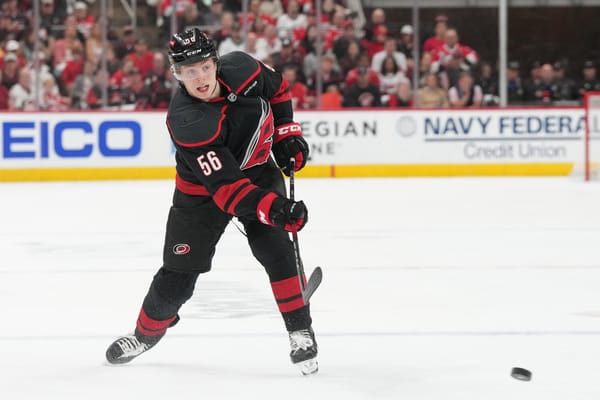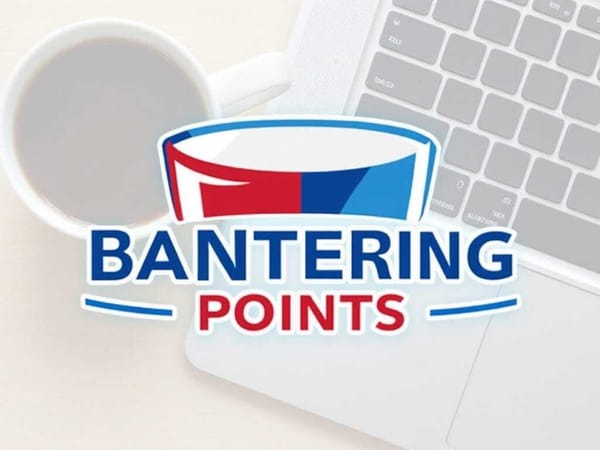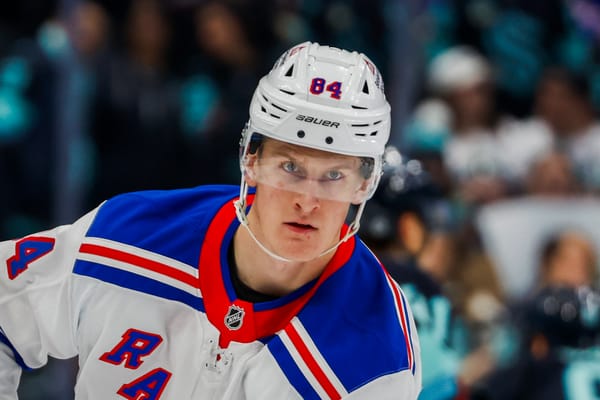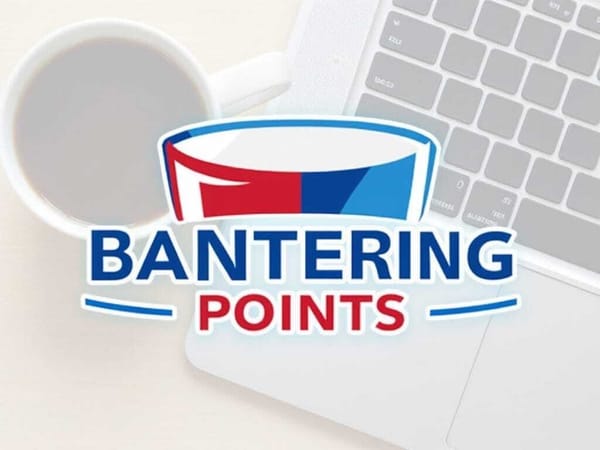A Few Good Vets: Options for the 2019-20 Hartford Wolf Pack
Why it’s quality over quantity as the front office begins an AHL makeover.
Speaking to the New York Post late last week in what can succinctly be described as a breath of fresh air, John Davidson expanded on his vision for completing the New York Rangers’ rebuild.
New York’s new President espoused at length about the importance of everything from building winning cultures at lower levels, to finding the right head coach for the Hartford Wolf Pack — a club every bit a part of this rebuild as the parent team they’re expected to feed with young players moving forward.
But the ability to properly develop those young players is far less effective, if not ineffective, when it’s expected to be accomplished where inadequate leadership reigns. This is a factor not lost on Davidson, who spoke explicitly about the matter, citing the need for “a mix,” to find success there.
”It can’t all be kids,” Davidson said. “It’s vital to have veterans who are there for more than the money, but set examples and take leadership roles.”
And with a whole new crop of youngsters on the way, many of whom will call Hartford home, if only for a short while, who could argue with that?
Like in the NHL, teams in the AHL want to win first and foremost. But the AHL is also unique in that it simultaneously serves as an on-the-fly developmental league expected to transition players through its ranks to the NHL. This makes productive veterans who also serve as leaders on and off the ice crucial to the team’s success, despite the fact that most of them go largely unthanked for it.
The right ones, in fact, can have a supremely positive effect on the developing psyche and mental fortitude of young players learning what it means to be a professional. These veteran players serve not only as valuable on-ice contributors in these cases, helping their team to win games, if not championships, but also as mentors.
”I can point to Mark Letestu who did that for us [Columbus] in Cleveland,” Davidson said, citing a specific example of this type of player. “That’s the kind of veteran we want in Hartford.”
And so, the mission for Hartford is simple: Davidson wants to find his own Letestu. Or two.
With both the draft and free agency still ahead, the picture of Hartford’s roster for next season remains incomplete and uncertain. However, we do know that, as a team, they’re going to be young.
Take the blue line, for instance. With veteran defenders John Gilmour and Rob O’Gara set to reach free agency, where they will probably leave for greener pastures, presuming a starting AHL defense of Yegor Rykov, Ryan Lindgren, Joey Keane, Brandon Crawley, Sean Day, Darren Raddysh, and Chris Bigras probably wouldn’t too off the mark. The average age of that group, however, is just 22.5 years old, with 24-year-old Bigras serving as a would-be elder statesman. Rykov and Keane would both be rookies.
Up front, assuming Connor Brickley — another free agent — isn’t brought back, it’s reasonable to assume that some combination of Ville Meskanen, Jake Elmer, Ryan Gropp, Patrick Newell, Ty Ronning, Steven Fogarty, Dawson Leedahl, Gabriel Fontaine, Tim Gettinger, and probably Vinni Lettieri will all start in the A. Their average age? 22.1. Stashing the final year of Matt Beleskey’s contract in Hartford would marginally inflate that, but not by much. With some creative roster management, which could include sending some bodies to the ECHL’s Maine Mariners, there is room for a veteran presence or two.
Luckily for New York, the free agent market could bear fruit on this front, should the Rangers opt to go this route in addressing the issue.
As fate would have it, in fact, Letestu himself is set to enter free agency again this summer. Who better than the man himself when looking for your own version of him?
At the age of 34, and given his low NHL scoring totals over the last two years in which he’s collected just 23 points over 82 games, how amenable would he be to a a move from Cleveland to Hartford? Perhaps more than you might think given how well he took his assignment to Cleveland in the first place.
Rather than viewing the shift to the Monsters as some kind of personal failure, Letestu opted to embrace the opportunity as a chance to impart the wisdom of a near-600 game NHL career on impressionable young minds.
“I like playing and competing and that’s why I am here,” Letestu said back in December of 2018. “With that being said, when you’re the elder statesman in the room, any chance you have to lend knowledge or experience to guys and help them along in their careers… I get excited about that now.”
It’s not so difficult to see why JD was so willing to exalt him as a shining example of what he’s after.
Moreover, Letestu’s AHL production was stellar for the Monsters. He scored 21 goals and 50 points in just 64 games for a Cleveland team that lost to the Toronto Marlies in the Division finals.
A year removed, what’s to say he can’t have a strikingly similar effect in Connecticut?
In a similar vein, what about a return ticket for Chris Mueller? The 33-year-old played in just seven games for the Rangers back in 2014-15, but had 40 points in 64 games with the Wolf Pack that same season. He’s spent the last four years in the AHL where he won a Calder Cup with the 2017-18 Toronto Marlies. He finished second in scoring on that team with 65 points in 60 games.
Marlies’ head coach Sheldon Keefe seemed especially impressed by Mueller’s decision to join his team, declaring him “an ultra-competitor.”
“He’s got a desire to win that I haven’t seen,” Keefe said of the veteran this past January. “I don’t know in a lot of cases that actually winning the Calder Cup is too high on players’ priority list.”
Mueller had nothing but the highest praise for the Marlies as an organization, too, noting that “whatever you need to be successful on the ice and as a person off the ice, they do.”
“A lot of organizations, sometimes you forget that they’re human beings and 19-, 20-, 21-year-old kids that need to find their way sometimes,” he’d go on to say.
To suggest the Rangers, of all teams, can’t match or exceed that sentiment, is foolish. Especially given JD’s wallet-backed mandate to improve the organization anywhere he sees fit.
At Mueller’s age, the idea of an NHL return is probably slim, if not impossible. But he’s still an exceptionally effective AHL player with ties — albeit loose ones — to the Hartford organization. Could a one-way contract worth north of the $650,000 salary he made last year (though south of the $1.075 million “maximum” required to keep him off the big club’s cap) entice him to head south of the border again next year?
JD noted that the paycheck can’t be the sole reason for attracting players, but while it’s arguable if Mueller is worth near a million dollars, the value he brings at the level the Rangers are looking at is invaluable. And frankly, New York is in a position to flex their proverbial wallet on this manner by “overpaying” players they know they can entrust with helping to develop future Rangers.
That’s the whole point here — development. So in a case like this, a pay-to-mentor program maybe isn’t such a bad idea.
Or, though much younger than both Mueller and Letestu, and not quite in the same position career-wise, perhaps the Rangers would consider extending an olive branch to Danny O’Regan? The 25-year-old isn’t just coming of a 48-point campaign with the Rochester Americans, but would also come with ties to David Quinn, who coached him for for three of his four seasons at Boston University where O’Regan was named an alternate captain of the Terriers in his senior year.
Known for his two-way game and general reliability as a 200-foot player — an invaluable feature that would no doubt endear him to Hartford’s as-yet named coaching staff — O’Regan would make plenty of sense on paper. Though it is fair to question if he doesn’t still have serious NHL aspirations that might not make for the best atmosphere as a minor league teacher.
While this process of finding the right leaders for Hartford won’t be nearly as easy a task — from a philosophical perspective — as offering Artemi Panarin a blank check, it’s still important. This is a role that Davidson has identified as something he wants to address.
“You can’t shortcut this. There’s no magic potion, no silver bullet,” Davidson would go on to say speaking to the rebuild on the whole. But his words and his beliefs project perfectly on this issue, too.
This is no simple makeover. Neither is it a double-or-nothing effort to win or bust. Rather, it’s a philosophical and organizational overhaul, designed with a common goal in mind: development.
At JD’s direction, it’s going to be done “the right way.” Top to bottom. Or, more appropriately for the Rangers, bottom to top.




